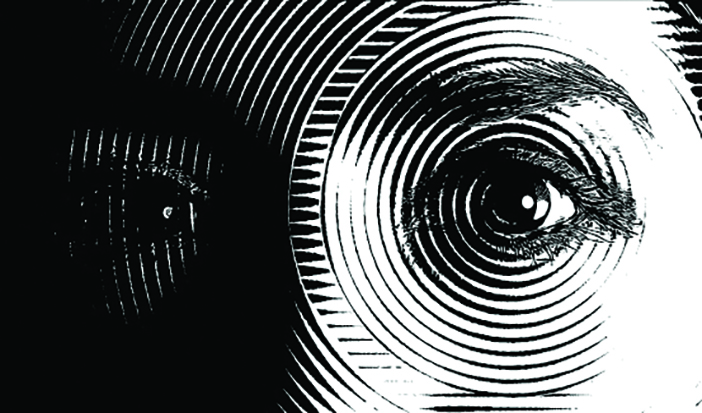VR plus brain stimulation reduces PTSD symptoms—even after the treatment ends.
An innovative combination of two treatments could be an effective, efficient, and enduring way to treat post-traumatic stress disorder in military veterans, a new study shows.
Clinical trial participants who received brain stimulation with a low electrical current during sessions of virtual reality exposure reported a significant reduction in PTSD symptom severity.
Professor of Psychiatry and Human Behavior Noah Philip RES’09 F’11 F’12, MD, senior author of the paper published in JAMA Psychiatry, says the findings are exciting considering existing challenges in treating patients with PTSD.
“This is a different and innovative way of approaching treatment where we’re combining the best aspects of psychotherapy, neuroscience, and brain stimulation to help people get better,” says Philip, who leads mental health research at the Center for Neurorestoration and Neurotechnology at the Providence VA Medical Center. “There’s a lot of promise here, and that offers hope.”
Initial PTSD treatments often include trauma-focused exposure therapy and medication. Yet the disorder is particularly difficult to treat in military veterans, Philip says. Medications have significant adverse effects, and exposure therapy can be difficult to tolerate, since it involves describing highly traumatic experiences repeatedly. Up to 50 percent of patients drop out of traditional exposure therapy, and others decline to even start it.
“Through exposure therapy, the brain is reprocessing the trauma, and learning that even though the traumatic experience was dangerous, the memories of the traumatic experience, as well as the thoughts and feelings that are conjured up by those memories, are not dangerous—they are safe,” says coauthor Mascha van ’t Wout-Frank, PhD, an associate professor of psychiatry and human behavior (research). “This results in a decline in conditioned fear response.”
A leading theory of PTSD posits that the effectiveness of exposure as a therapy is impaired due to ineffective top-down control of the brain’s amygdala by the ventromedial prefrontal cortex and other brain regions. Affected individuals thus have impaired safety learning and memory, which in healthy people is supported by intact brain function, van ’t Wout-Frank says.
Transcranial direct current stimulation, which involves administering a constant, low, pain-free electrical current to a part of the brain, is well-suited to potentially augment trauma-focused exposure therapy, van ’t Wout-Frank says. The noninvasive current may boost neural activity, facilitating top-down control by the ventromedial prefrontal cortex to improve safety learning.
The research team decided to combine transcranial direct current stimulation with a generalized virtual reality exposure, which provided a highly immersive sensory experience including visual, tactile, and even olfactory stimuli to simulate real-world environments, but did not replicate any participant’s personal experience.
In the experiment, participants were randomly assigned to receive brain stimulation or a sham experience during six sessions of warzone VR exposure. While all participants had meaningful reductions in PTSD symptoms (attributed to the VR procedure), those in the brain stimulation group reported a greater reduction in PTSD symptom severity at one month, as well as significantly accelerated psychological and physiological adjustment to the VR events between sessions. Prolonged exposure therapy usually takes around 12 weeks to show effects.
What’s more, Philip adds, the effects of the combined VR and brain stimulation treatment continued to build over time.
“What we found was that people continued to get better after they were done with the treatment, and we started seeing the biggest effects one month later,” he says.




